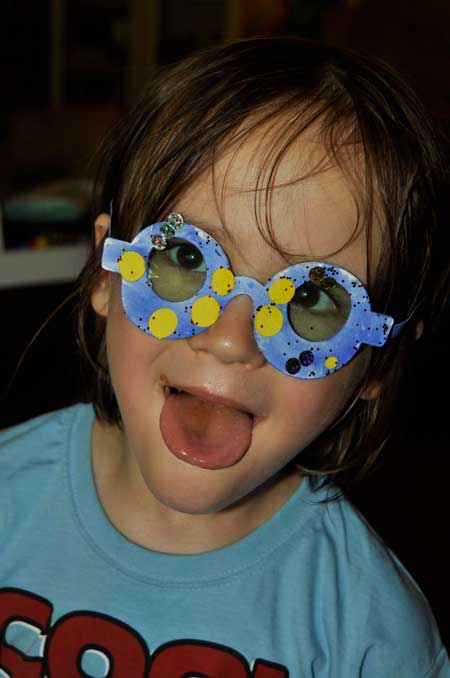Please note this post was originally posted on the littledoers blog back in September 2012
As some people who follow me on twitter may know my son recently had his diagnosis of autism confirmed. It has been a strange road since our initial fears over his lack of speech back when he was 18 months old (well before probably) to now. There have been highs, like when he started to talk. There have been lows, like when he started to attack himself badly. But one thing has remained consistent, our wish to try and provide Milo with everything he needs to enable him to cope with the world on a day to day basis.
Once his diagnosis was confirmed I set about reading everything I could on the subject and phoning everyone and anyone who may be able to offer some help. One thing that kept being repeated to me again and again was the need for visual aids.
Children with autism spectrum disorders are not like you and I, they think differently to the rest of us. That is no bad thing, it doesn’t mean the end of the world. It’s just that they process the world in a different way. When you think about it in this way, it becomes almost magical.
For example, a child with autism finds it very difficult to process verbal language. It’s like the rest of us have a filter that does loads of little, minute calculations when we are presented with verbal infomation. These all take place over a few fractions of a second and the result is we are able to understand the world, we can (for the most part) tell how someone’s feeling, understand if someone’s being sarcastic, or joking. The autistic child is not like this. Tell an autistic child a joke, I tried this the other day and chances are they will either (a) ignore you and carry on with what they were doing (b) try to reason with you and explain to you that you are talking nonsense or (c) try to break down what you said into chunks of information that they then try (usually unsuccessfully) to make sense of. Most of these have the same eventual outcome, that is a blank expression on their faces.
This is not to say that a child with autism or a related condition is stupid, they are most definitely not. They just interpret the world differently. Due to their problems processing verbal language many autistic children react positively to images, it is much easier for a child with auitsm to understand a picture of someone looking sad than to understand when you tell them they have made you feel sad. That being said a lot of them have a hard time understanding others emotions anyway.
It is for this reason that PECS and Visual Schedules are such an invaluable source for many parents of, and children with autism. Seeing the visual representation of something makes it a lot easier for them to understand it and similarly, to follow a simple instruction. Of course it’s not all really easy but it does enable an easier way to manage day to day situations.
We recently started incorporating visual cards and a schedule to Milo’s life and although we are by no means completely au fait with it all yet, we can already see his willingness to cooperate with this way of doing things more than giving simple instruction.
Have you got autistic spectrum children? Have you found visual cues and schedules have a positive impact on your life? Or do you have a “normal” child who has found visual timetabling easier

